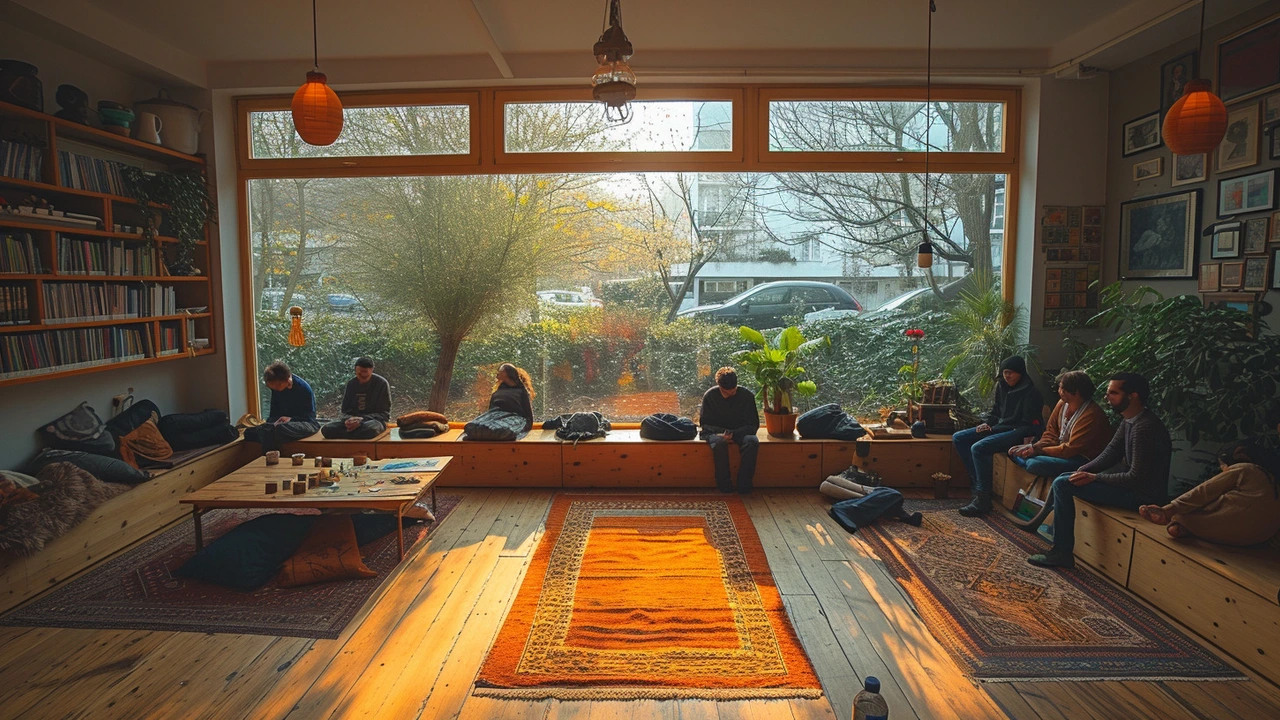Art therapy techniques: simple methods to feel better and express yourself
Making art can change how you feel fast. Many people notice lower tension and clearer thinking after 20–45 minutes of drawing or clay work. You don't need to be an artist. The point is the process—how making, moving, or arranging materials helps you notice feelings and shift them.
Below are clear, easy art therapy techniques you can try alone, with family, or in a group. Each one includes what you need, how long it takes, and what to look for as a result.
Easy art therapy techniques to try right now
Scribble release: Take a large paper and a thick marker. Close your eyes and scribble for two minutes. Open your eyes and turn the scribble into shapes or a scene. This helps move stuck emotion into something you can look at and change.
Mandala or circle drawing: Use a compass or plate to draw a circle. Fill it with colors and patterns for 10–30 minutes. Many people feel calmer and more focused after this grounded, repetitive work.
Clay grounding: Squash, roll, and press clay for 10–20 minutes. Shape something simple like a stone or a cup. The texture and pressure help reduce anxiety and bring attention back to the body.
Collage for perspective: Cut images and words from magazines and glue them into a page that represents your present or a future you want. Collage lets you choose images without needing drawing skills—great for exploring identity, grief, or goals.
Mask making: Create two masks—one that shows how you present to others and one that shows how you feel inside. Compare them, write a short note to each mask. This technique helps people notice gaps between appearance and feeling.
Art journaling: Combine short writing and quick sketches each day for a week. Track moods, small wins, and patterns. The journal becomes a visible record of change you can review later.
Using techniques safely and effectively
Set a simple structure: 10–30 minutes, one prompt, no editing. Ask open questions after: "What surprised you?" "Where do you feel this in your body?" These questions help turn images into insight.
Choose materials you like and that feel safe. Watercolors can be messy and emotional; pencils are more contained. For group work, provide varied materials and respect privacy—art can reveal personal memories.
Adapt for kids: Use shorter sessions, playful prompts, and story-based tasks. For older adults, focus on tactile materials like clay or large brushes to support mobility and sight changes.
When to seek help: If art brings up intense memories, strong panic, or suicidal thoughts, stop and contact a licensed therapist. A trained art therapist can use these techniques in a safe, guided way.
Track progress simply: take a photo of work each session or note one line about how you felt before and after. Small, consistent steps matter more than perfect results. Try one technique this week and see what shifts—you might be surprised how much making can help.

The Science Behind Creative Arts Therapies
Hi there, I just wrote a captivating post unraveling the science behind creative arts therapies. Ever wondered how art therapy techniques impact mental health or how they stimulate our brains? Well, this article will help quench your curiosity. We will explore the therapeutic benefits of these techniques and their scientific basis. There is so much we can learn and appreciate about our minds and emotions. Stay tuned!
Read More